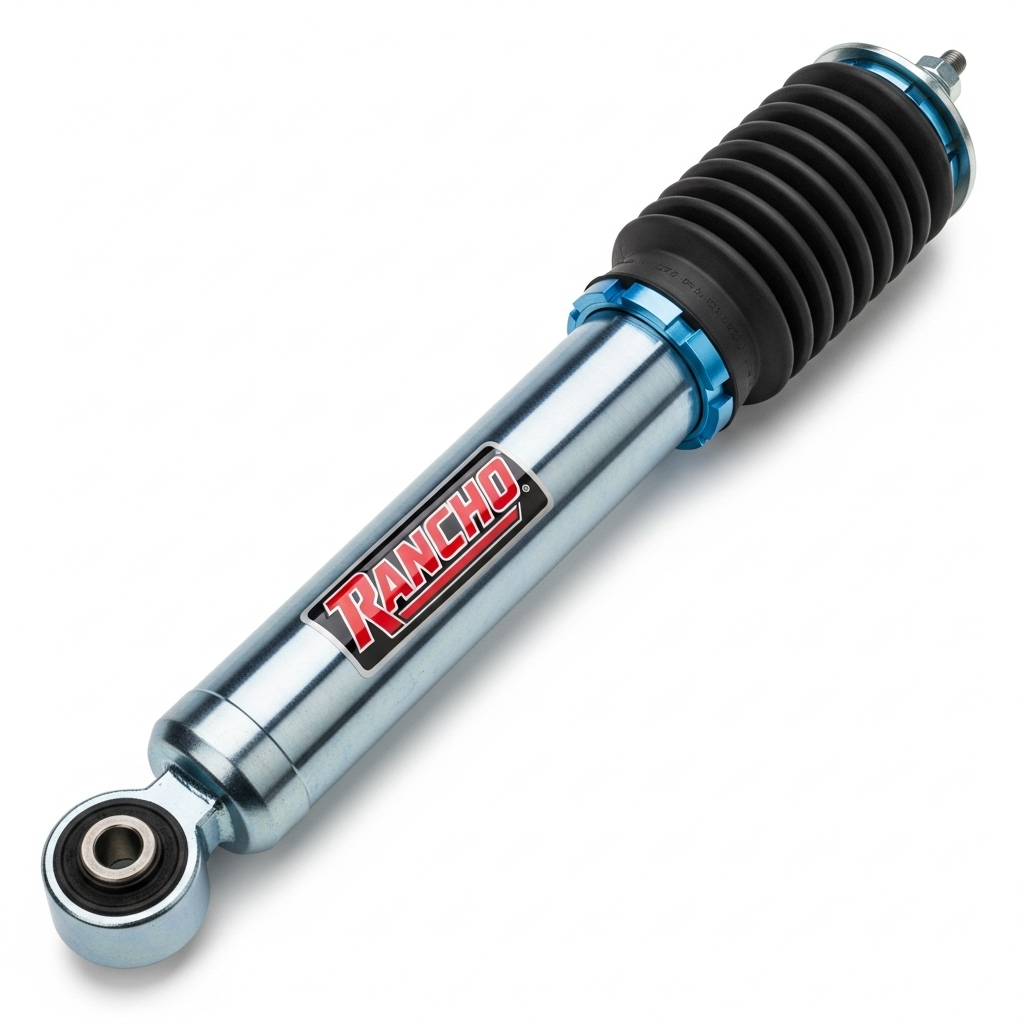When it comes to your vehicle’s suspension system, two components often come up in conversation: shocks and struts. A common question people ask is, “Are shocks and struts the same thing?” The short answer is no. While they serve similar purposes helping to smooth out your ride and improve handling they are not interchangeable and serve different roles within your vehicle. Understanding the difference can help you maintain your car better, avoid costly repairs, and stay safe on the road.
In this post, we’ll explore the difference between shocks and struts, how they function, and why it all matters to your driving experience.
What Are Shocks?
Shock absorbers, commonly called shocks, are designed to control the movement of your suspension and minimize bouncing after hitting a bump or pothole. They don’t support the weight of the vehicle but instead absorb and dissipate energy to maintain tire contact with the road, which is essential for safe braking and steering.
Shocks operate using hydraulic fluid and a piston. As your vehicle travels over uneven surfaces, the shocks compress and release fluid to dampen the vibrations. This prevents your car from bouncing excessively and helps keep your ride smooth and controlled.
What Are Struts?
Struts are a more complex component that combines the functions of a shock absorber and a structural support element. Unlike shocks, struts bear the weight of the vehicle and are a key part of the suspension system’s geometry and alignment.
Struts typically include a coil spring and are responsible for more than just absorbing impacts. They also influence steering, wheel alignment, and overall stability. Replacing struts usually involves more labor and cost due to their integral design.
Why the Difference Matters
Knowing the difference between shocks and struts isn’t just a matter of trivia it has real implications for your wallet, safety, and comfort.
1. Repair Costs
Since struts are structural and include more components, they’re usually more expensive and labor-intensive to replace compared to shocks.
2. Comfort & Control
Both components affect your ride quality, but in different ways. Worn shocks lead to bouncing, while failing struts can compromise your ability to steer and maintain control.
3. Tire Longevity
Struts that affect wheel alignment can cause uneven tire wear, leading to early replacements and increased expenses.
4. Safety
Good shocks and struts help keep your tires planted firmly on the road. This enhances braking, cornering, and overall driving stability especially in emergencies or rough terrain.
When to Replace Shocks or Struts
Watch out for these signs that may indicate it’s time for a replacement:
- Your vehicle bounces excessively after hitting a bump
- Uneven tire wear or cupping
- Fluid leaking from the shock or strut housing
- Difficulty steering or vehicle drifting
- Nose-diving while braking
Most manufacturers recommend replacing shocks or struts every 50,000 to 100,000 miles, but always consult your mechanic or owner’s manual.
To wrap it up, are shocks and struts the same thing? No, they serve different but complementary roles in your vehicle’s suspension system. Knowing which one your vehicle uses, and understanding when they need maintenance or replacement, can make a big difference in your car’s performance and longevity.
If you’re looking for reliable suspension service, high-quality parts, or expert installation, Scorpion Truck Stuff has you covered. From off-road upgrades to everyday repairs, we’re here to help you get the most out of your ride with strength, performance, and style you can trust.




